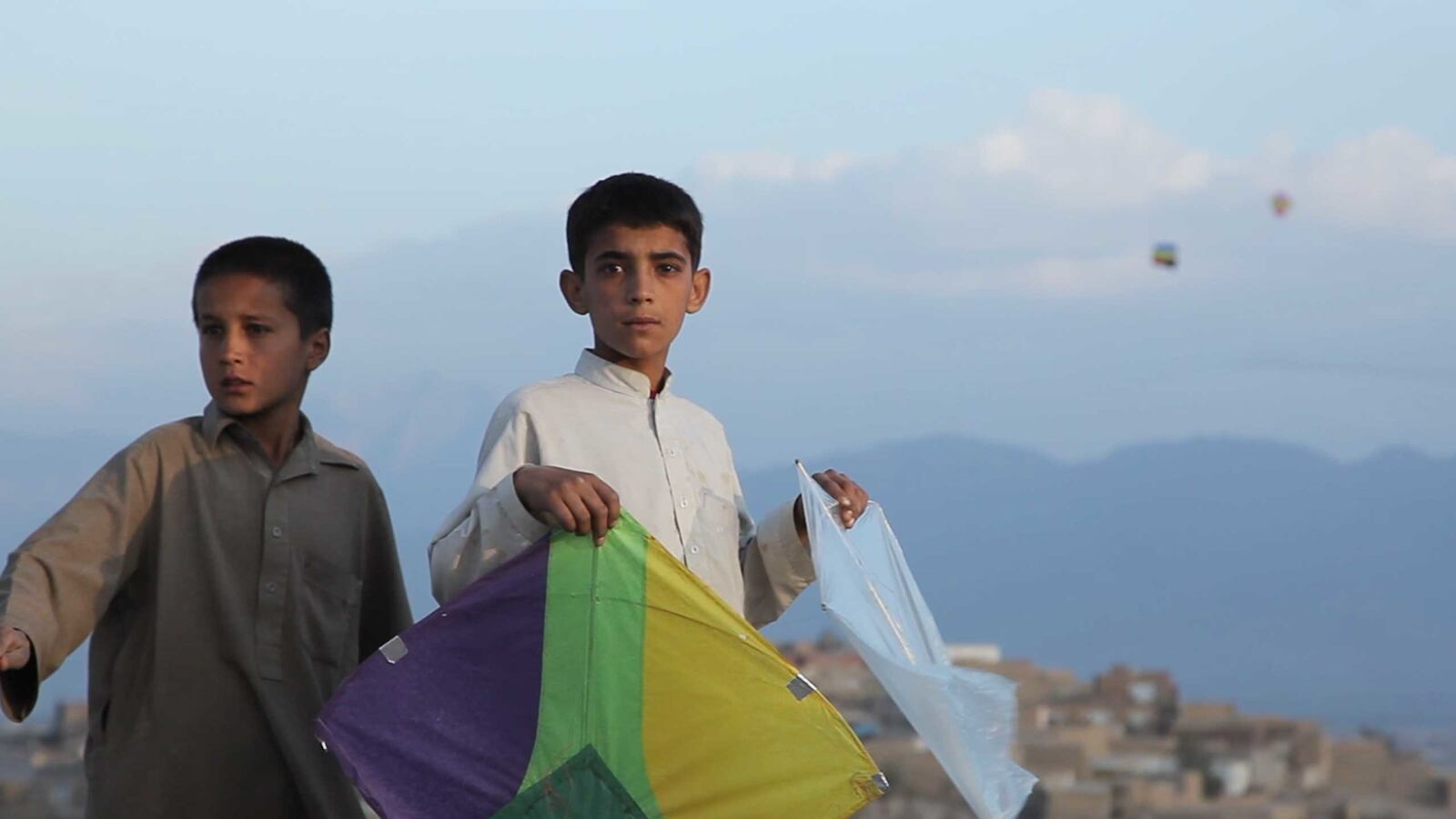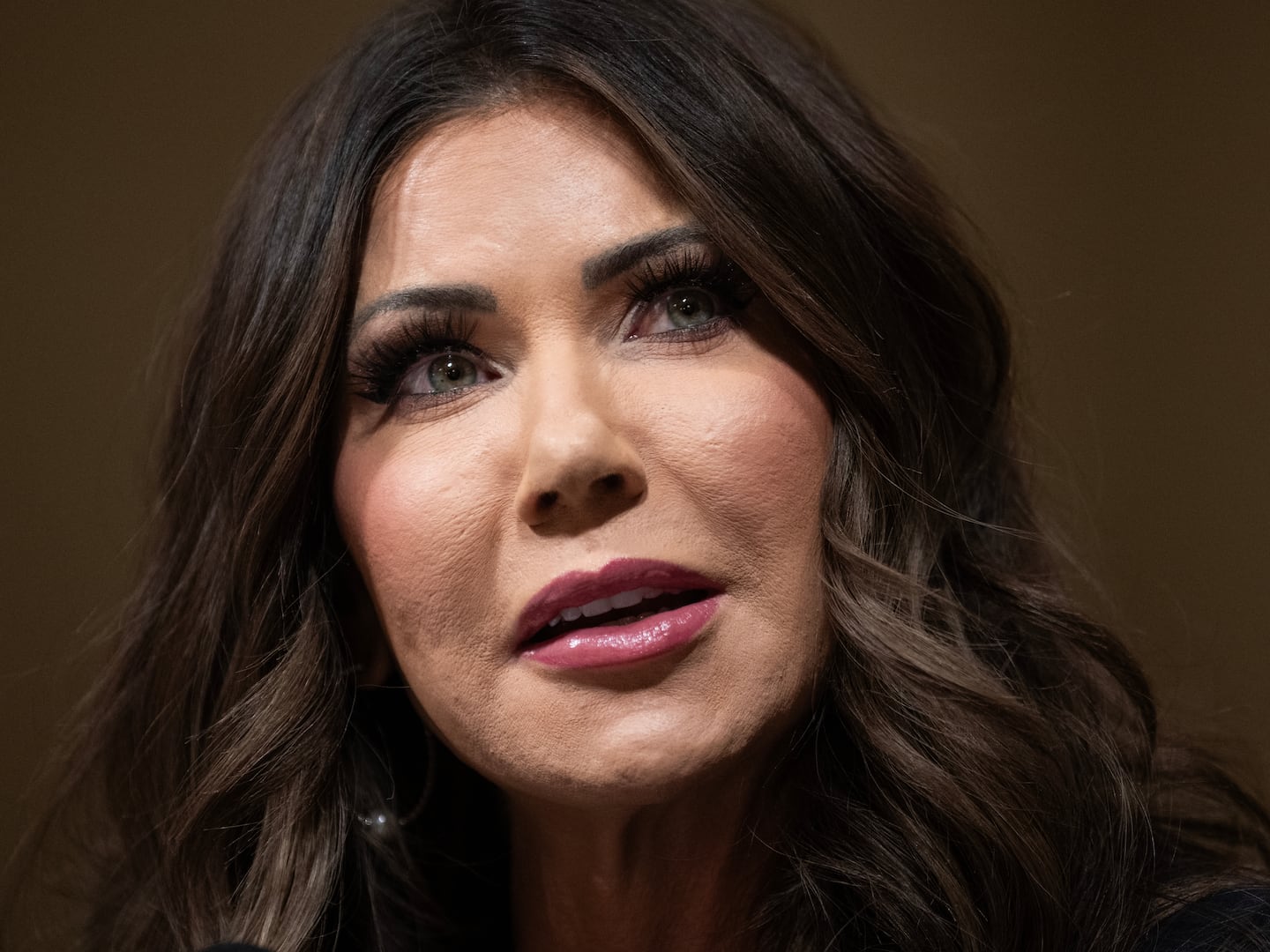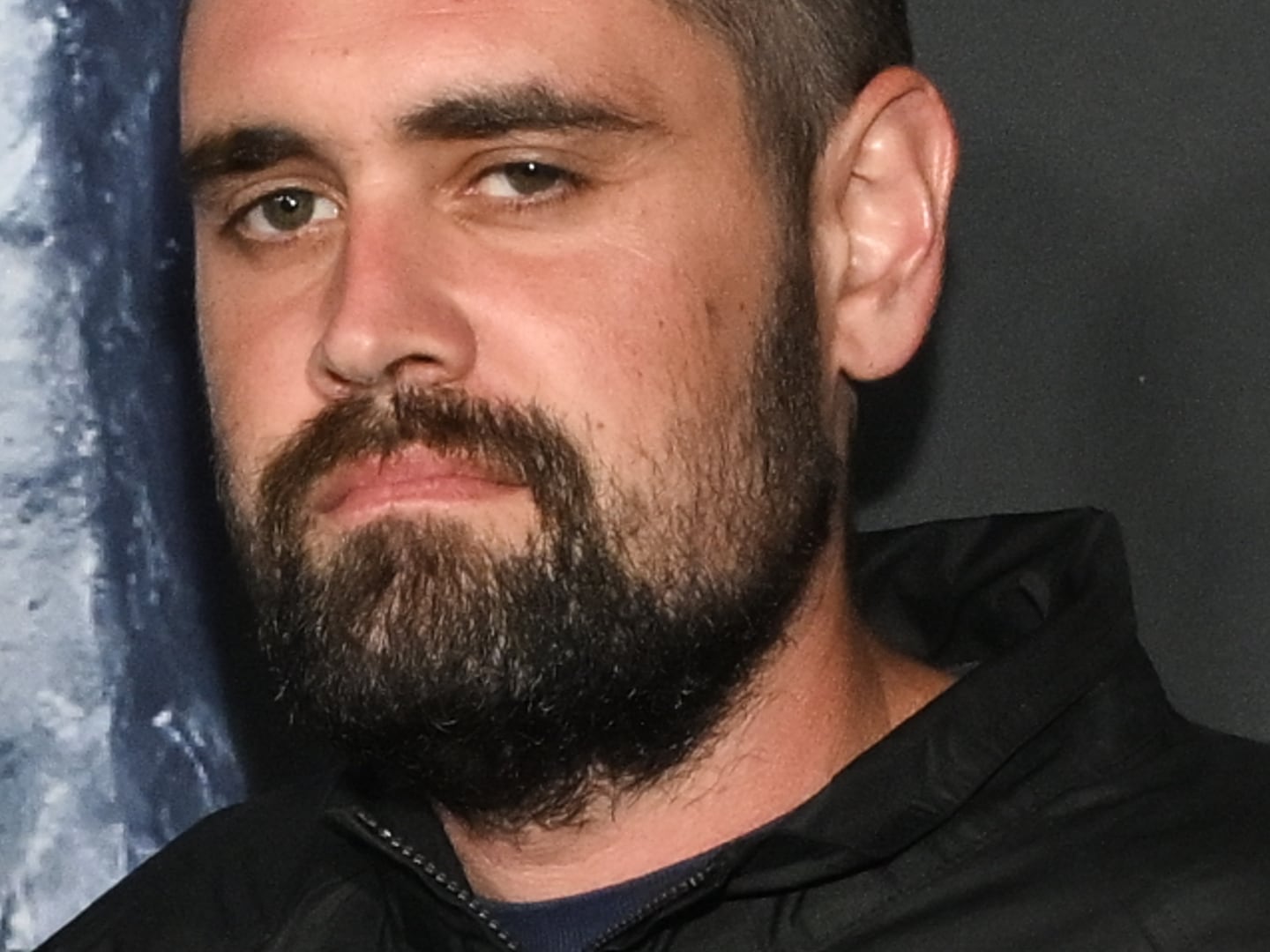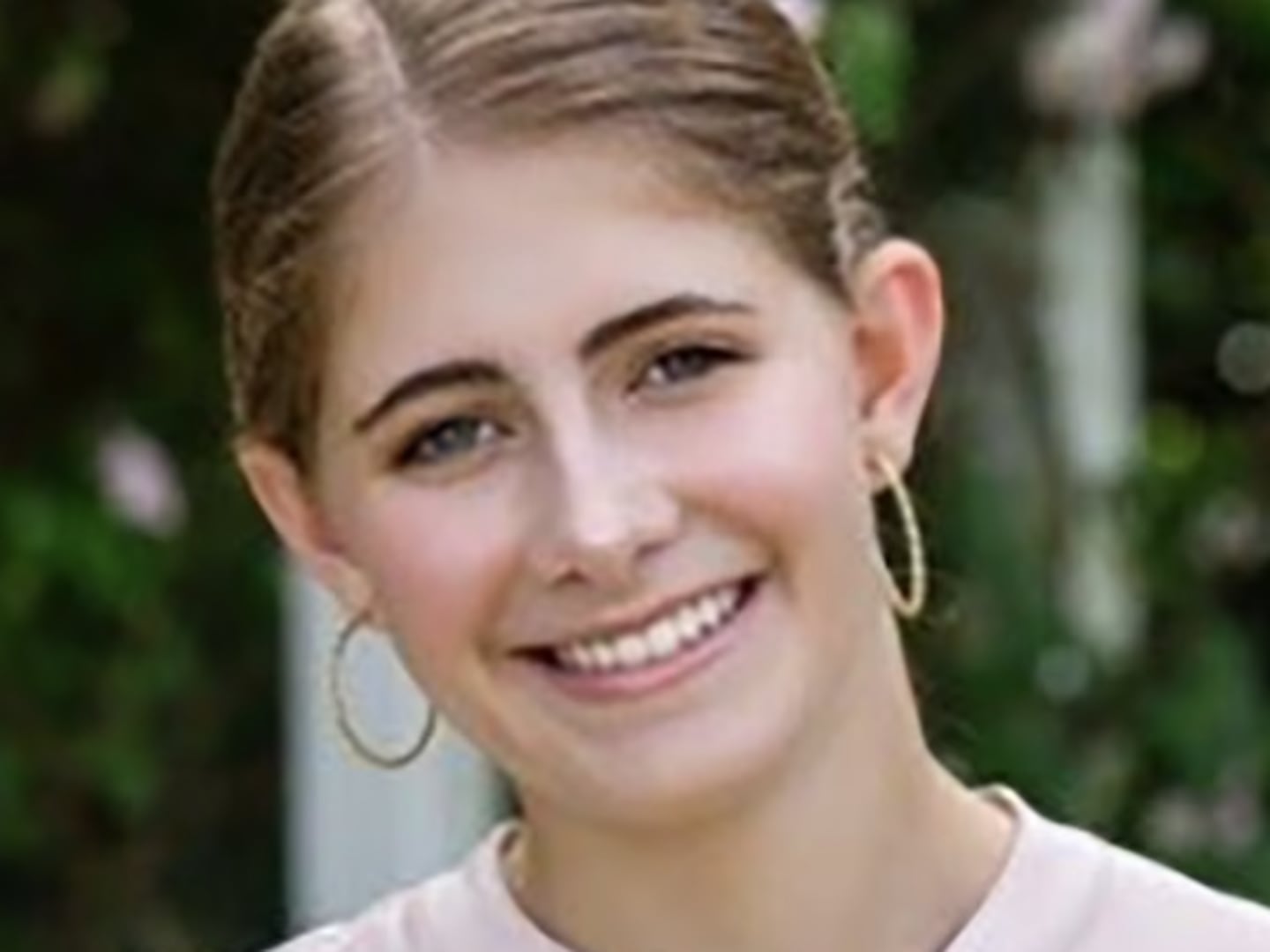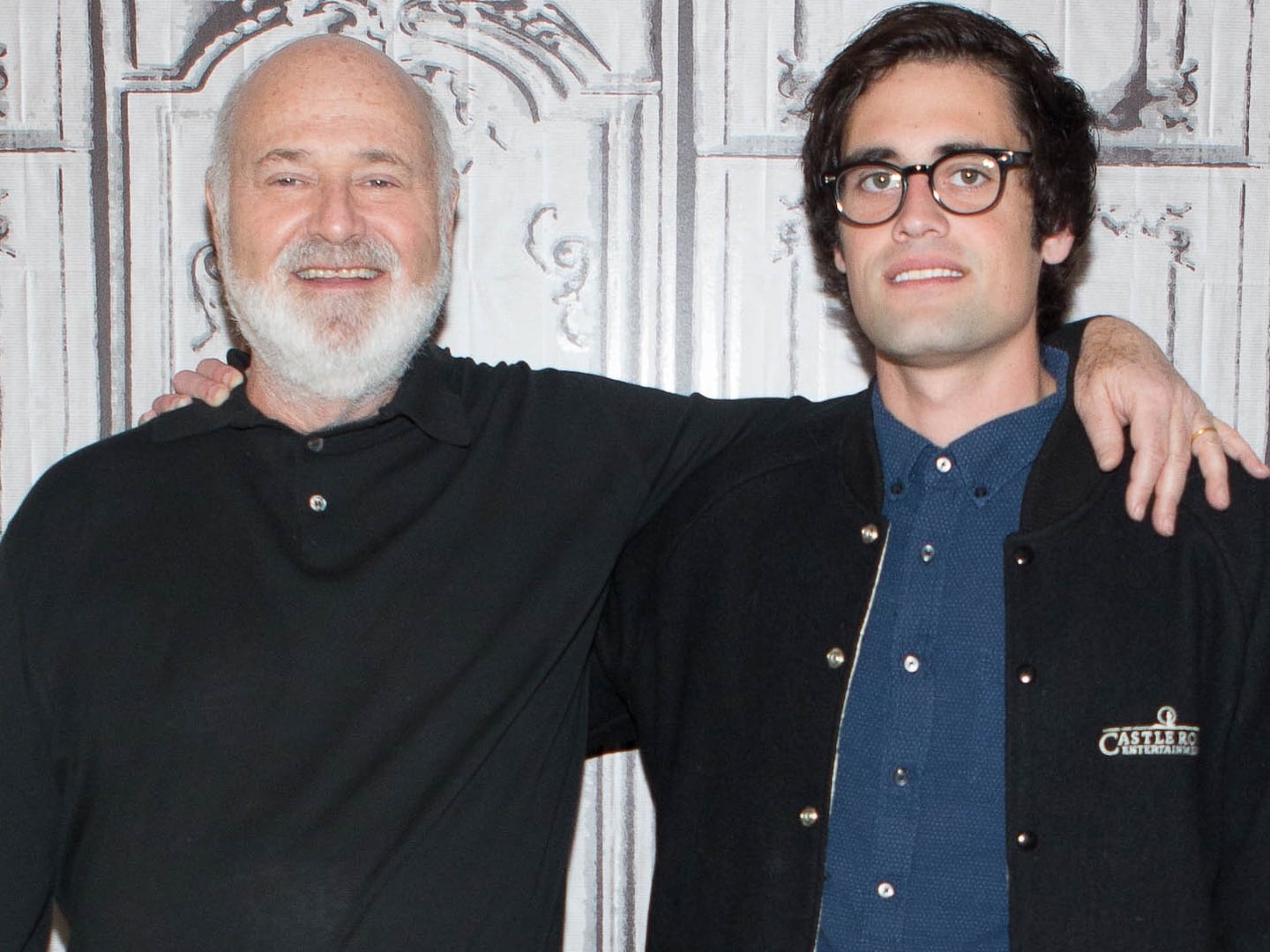There are places we don’t know at all—unexplored islands, secret societies, far-flung villages. And then there are the places we think we know.
Afghanistan is one of these. You might not say out loud, “I know everything about Afghanistan,” but think about the word, the place, and a picture or description will come to your mind. Even the most discerning may have been misinformed about Afghanistan to some degree, and it’s easy to see why.
Afghanistan has been in our headlines for over a decade. Since September 11, 2001, the country has been inextricably tied to American news. Each and every day, news has filtered through our feeds, flashed across our screens, and edged its way into newspaper columns. “Suicide attack kills eight.” “Bombing kills 13.” “A journalist is slain.”
This select information from Afghanistan has created an incomplete and often inaccurate picture of a place many of us have never actually been. We form a landscape: Humvees rumbling through dusty, desolate deserts. We form a culture: strict, religious, repressed. Through the steady drip of war-focused news stories coming from Afghanistan, we think we know a place, a people, a history.
But do we?
What do we think we know about Afghanistan? And more importantly: who do we think we know? How have we formed this perception? And are we satisfied with it?
THE AFGHANISTAN YOU THINK YOU KNOW (PHOTOS)

Alexandria and I were not. In 2012, after learning that the Taliban had banned photography until 2001, but with local photojournalism now flourishing, we hopped a plane to Afghanistan seeking a story about perception. Where does the Afghanistan we think we know from the news meet what is happening on the ground?
What we found surprised us and made us fall in love with Afghanistan. Sure—there is dust, there are burqas, and of course, there is war. But this is far from the full story of Afghanistan. There is also a hospitality unrivaled by any other country in the world; a hunger for education and progress among a young generation in Kabul; a deep yet delicate light that bounces from the windows of new skyscrapers to those of ancient adobe houses dug into the mountainsides.
And that is just the landscape and the backdrop for what really mattered: we met four unique, complex humans who are shaping perceptions as premier photojournalists covering the stories of their own country.
These four people have seen firsthand how more than 30 years of war and an oppressive Taliban regime’s policies have ripped at the identity of their country. They have found a craft that they love; a craft that across human history has proven it can, time and again, foster the awareness of an issue, the voice of an individual, and the perception of a people. They have trained, armed themselves with cameras, and become a pivotal part of an unprecedented rise of media and journalism in Afghanistan. And they’re aware that now Afghanistan stands at a pivotal crossroads: troops are pulling out, international media is shuttering bureaus, international aid is dwindling… and Afghans have to stand on their own.
Resilience rests in every one of us. That’s why we are alive; we have survived what has come our way so far.
Afghans have survived war, instability, occupation—only to have their culture, religion, and their country’s potential be defined by news headlines constructed thousands of miles away. The international coverage of Afghanistan is far from objective, no matter how much it claims to be: it is coming from a lens of war fatigue, of residual pain, of suspicion about Islam and those who practice it. It’s perpetuating and molding an idea of a country without much respect to the human voices of those who call it home.
These are scary times to make such assumptions. A decade on from the September 11 attacks, the United States still grapples with residual Islamophobia, and fear of “the other” keeps xenophobia alive. Recent attacks by extremists such as ISIS have fanned the flame of fear of Muslims across the West, distancing us further from those a war was supposed to “protect.” Mainstream media tends to unjustly tie terrorists’ actions to those of Muslims the world over; a religion and culture based in hospitality and peace-building is painted with brush strokes of terrorism and intolerance.
But... you can choose.
You can choose to acknowledge the awful things that have happened and continue to happen—the war, the destruction, the terrorism—and then look another human in the eye and recognize that on a whole, they are not culprits, they are not terrorists, they are not to be feared. Broad strokes only paint a part of the portrait.
You can choose to explore the beauty of a country you’ve never seen, and take a wild ride through mountains afire with autumn reds and oranges to chase a story down with a young photographer named Wakil.
You can choose to jump in the car with Massoud as he races toward a breaking news story and become privy to the insider-baseball conversations of the local press pool.
You can choose to stand on a mountaintop, sigh alongside a quiet, humble man named Najibullah, and gaze down at a sparkling lake below after you take a panorama photo.
You can choose to follow Farzana to a boxing practice, to a shopping mall, to the burn ward of a hospital as she fiercely and directly challenges the narrative of Afghan women as helpless pawns in a patriarchal system.
We made Frame By Frame so you could make this choice—the choice to reconsider the Afghanistan you think you know.
